Varicose Veins and Vascular Disease: Understanding the Connection
July 30, 2023 #HypertensionWhat are varicose veins?
Varicose veins occur when the valves in the veins weaken or are damaged, causing blood to pool and the veins to enlarge. While they are often considered a cosmetic issue, varicose veins can also indicate underlying vascular disease.

Connection between varicose veins and vascular disease
Varicose veins can be a symptom of certain types of vascular disease, such as chronic venous insufficiency. This occurs when the valves in the veins weaken or are damaged, leading to blood pooling and vein enlargement. The presence of varicose veins is a sign of underlying vascular disease.
Early detection of vascular disease is crucial for effective treatment and prevention of complications. It is important to recognize the association between varicose veins and vascular disease in order to promptly diagnose and manage the condition. Healthcare professionals can initiate further investigations to evaluate for the presence of vascular disease when varicose veins are identified.
Infrared thermography is a non-invasive imaging technique that can assist in detecting vascular disease. By visualizing blood flow and identifying abnormal vascular activity, infrared thermography can aid in the early detection of the disease.
Identifying and addressing vascular disease at an early stage can help prevent complications such as blood clots, skin ulcers, and damage to the veins. Management may involve lifestyle changes, medical treatments, and addressing other contributing health conditions.
Diagnostic tools for early detection
In addition to infrared thermography, other diagnostic tools such as Doppler ultrasound and venous duplex scanning can be used to evaluate the condition of the veins and assess blood flow. These tools provide detailed images and information about the structure and function of the blood vessels, aiding in the identification of abnormalities or blockages.
The goal of using these diagnostic tools is to detect vascular disease at an early stage when it is still manageable. Early detection allows healthcare professionals to implement appropriate treatment strategies and lifestyle changes to prevent the progression of the disease and minimize the risk of complications.
By utilizing these diagnostic tools, healthcare professionals can improve patient outcomes and ensure timely intervention for individuals with varicose veins and other signs of vascular disease. Early detection empowers individuals to take control of their vascular health and seek the necessary treatments and interventions to maintain optimal well-being.
Prevention and treatment of varicose veins and vascular disease
Prevention
- Engage in regular exercise: Physical activity, such as walking or swimming, can improve blood circulation and strengthen the muscles that support the veins. Aim for at least 30 minutes of exercise most days of the week.
- Avoid prolonged sitting or standing: Take breaks throughout the day to stretch and move around, as long periods of sitting or standing can contribute to the development of varicose veins.
- Maintain a healthy weight: Excess weight can put added pressure on the veins, increasing the risk of damage. Maintain a healthy weight through a balanced diet and regular physical activity.
- Elevate your legs: Briefly elevating your legs above heart level can relieve pressure on the veins and promote better blood flow.
- Wear compression stockings: Compression stockings apply gentle pressure to the legs, improving circulation and reducing the risk of varicose veins.
Treatment
- Compression therapy: Compression stockings or bandages can improve blood flow and reduce symptoms associated with varicose veins.
- Sclerotherapy: Injection of a solution into the affected veins causes them to collapse and fade over time.
- Endovenous thermal ablation: Heat is used to close off the affected veins, redirecting blood flow to healthier veins and improving overall circulation.
- Vein ligation and stripping: Surgical intervention that involves removing or tying off the damaged veins to redirect blood flow through healthier veins.
Managing other contributing health conditions
In addition to lifestyle changes and medical treatments, effectively managing underlying health conditions like obesity, diabetes, and high blood pressure can help in the prevention and treatment of varicose veins and vascular disease. By addressing these conditions through medication, diet, and lifestyle modifications, individuals can reduce their risk and improve their vascular health.
By implementing prevention strategies, exploring appropriate treatment options, and managing other contributing health conditions, individuals can take proactive steps to maintain healthy veins and reduce the risk of vascular disease.

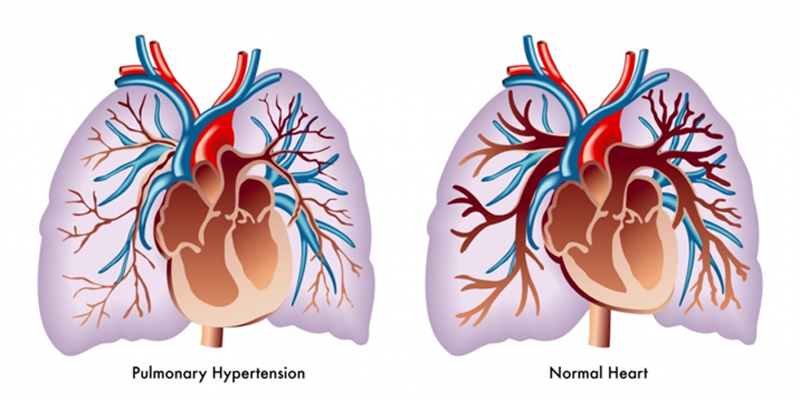
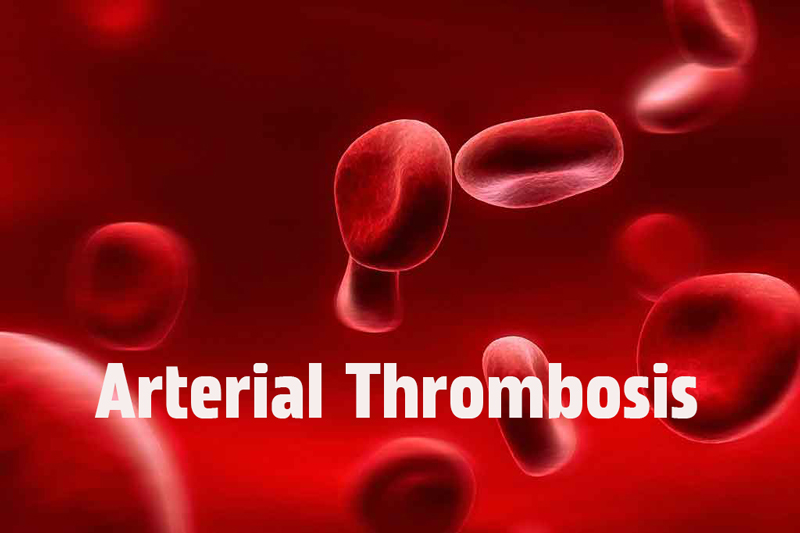
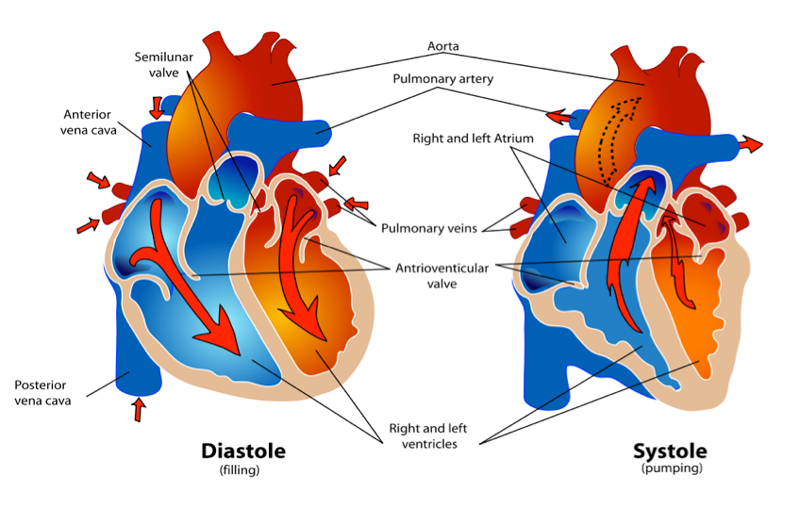

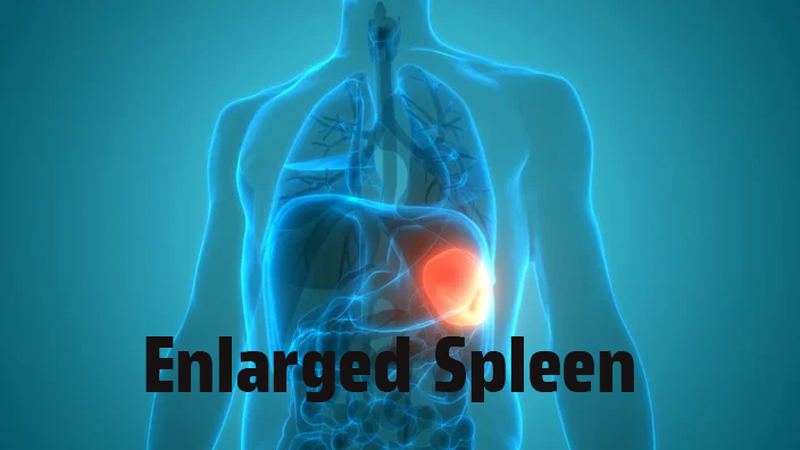



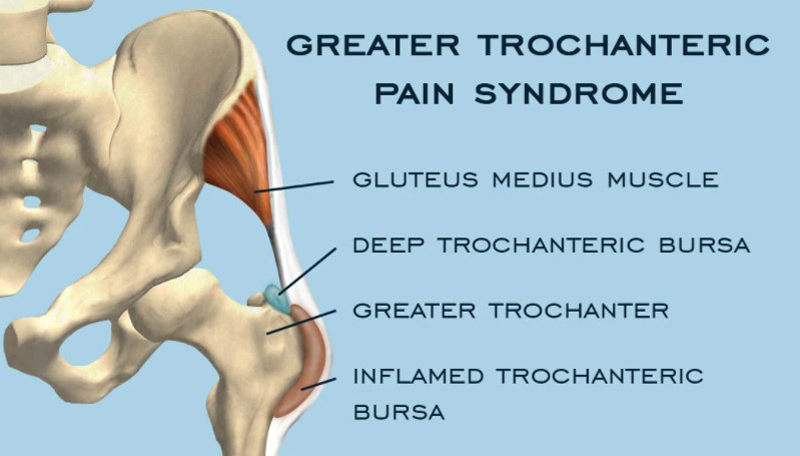
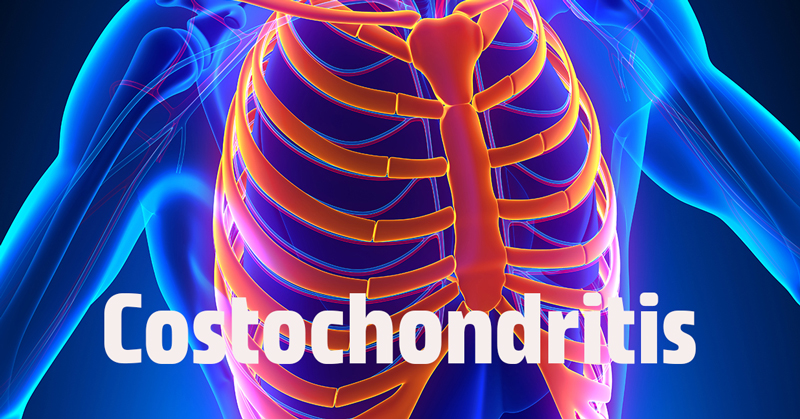
COMMENTS